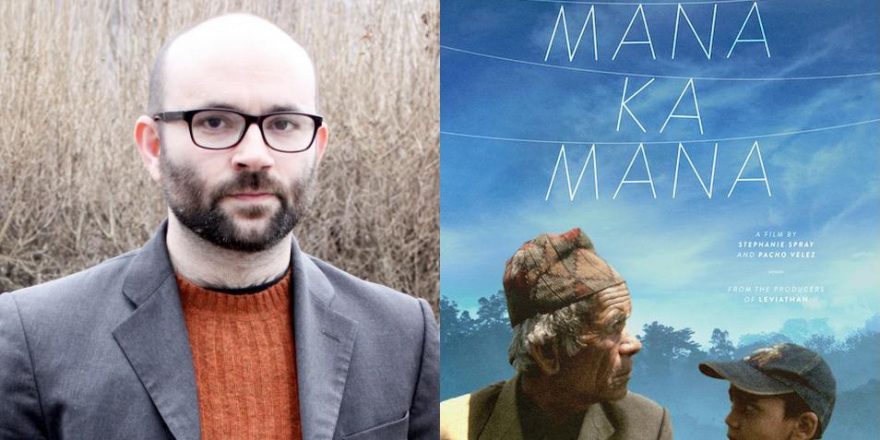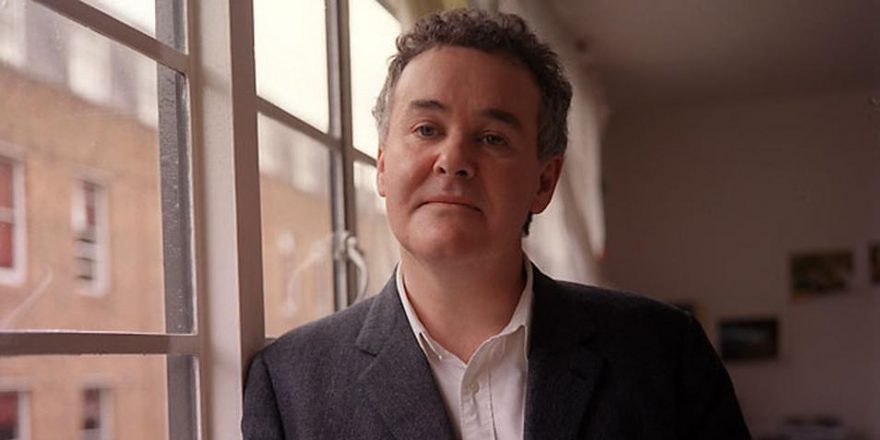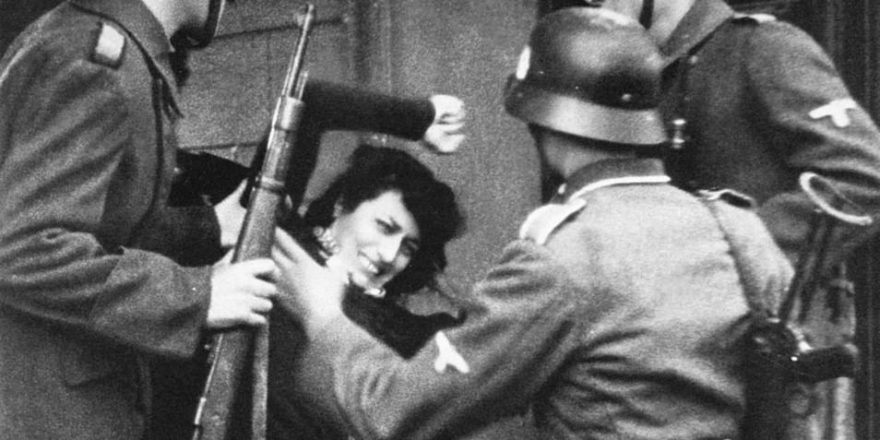One winter a few years ago, owing to a then-paralyzing fear of airplanes, I took an Amtrak from New York City to San Francisco and back. It took three days in each direction, and unable to afford the private sleeping compartment, I spent both of those 77-hour legs seated in coach. It was slow, usually crowded, there was nowhere to go, and everyone talked, forced into an ever-revolving set of intimate interactions laced with an underlying trust borne out of necessity: you will have to sleep very close to strangers in a rather unregulated space.
My random sample included: retirees doing a railway version of that familiar American cross-country Winnebago jaunt; a painting-student-turned-train porter in her late fifties who had been Stan Brakhage’s girlfriend in the 1980s; a man who’d finished a five-year sentence in federal prison that day; a single mom whose husband had recently died in Iraq, traveling with a pillowcase bearing an image of his face and her toddler-aged son; a guy who’d created the visual effects in Ghost; a man lugging around a locked suitcase filled entirely with bottles of pills that he checked in on every hour on the hour; and several Amish families with infants. I shared a quiet cry with a woman from Nebraska whose husband had lost his job and with it their family’s health insurance, and a two-year-old with a very runny nose took a nap in my lap. I was, and continue to be, astounded by the often deeply profound connections that came from that trip. (Maybe the only benefit of aviophobia.)
I’ve been thinking about something Wim Wenders said recently. He began by quoting artist Paul Cézanne: “Things are disappearing. If you want to see anything, you have to hurry.” Wenders continued, “The camera is a weapon against the tragedy of things, against their disappearing.” This is of course an injunction that can be applied to a huge swath of the documentary impulse, but I think it’s especially relevant to documenting train travel. It’s difficult not to think cinematically on a train, and it’s no wonder that the train features so prominently in cinematic history: It’s a closed system that allows for the poetry of a chance encounter, meeting and conversing in combinations that will most certainly never occur again. People come and go, their scenes perfectly encased.
The heart of The Iron Ministry lives within the series of deeply profound, quietly extraordinary series of interactions between strangers that the film captures.J.P. Sniadecki’s kaleidoscopic, scattershot documentary about the railway in the People’s Republic of China, The Iron Ministry, was shot by Sniadecki on an unenumerated series of train trips over the course of three years. Sniadecki, an American, hails from Harvard’s Sensory Ethnography Lab, whose affiliated films are known, broadly speaking, for their formalism, eschewing documentary and narrative conventions, and for an embrace of the experimental. (The SEL is certainly the only documentary outfit that I can think of with a resident sound artist – Ernst Karel, whose work in The Iron Ministry is brilliant – considered an auteur in his own right.)
And true to form, The Iron Ministry opens into a solid three minutes of pitch-black darkness, accompanied by the screech and drone of a train in a station that sounds like a lost 1980s industrial music track overlaid with symphonic strings sliding in and out of harmony. Trepidatious and haunting, it brought to mind brought to mind the eerie opening moments of Ingmar Bergman’s bleak 1963 railway film, The Silence. Sniadecki follows this with a series of black-and-white images in which it’s impossible to discern scale – are we riding on the outside of the train looking down on the tracks, or in a macro shot shoved into an interior corner of the carriage? – and then finally into a bloody, shaking blob of something suspended on a wall, part of a tableau of meat being inspected, sorted and prepared by a group of people squatting in the space between train cars. These scenes, aesthetically powerful though they are, actually feel like an abstraction smokescreen of sorts; to my mind, the heart of The Iron Ministry lives within the series of deeply profound, quietly extraordinary series of interactions between strangers that the film captures.
There are several giddily transcendent moments that wield this sort of Wenders-ian blunt force in The Iron Ministry. In the first, at the twenty-minute mark, we’re thrown into the middle of an extended absurdist monologue by an elementary school-aged child doing a precocious – and staggeringly politically aware – parody of a train conductor. “All passengers, your attention please. The 3638-438 train from the United States to Afghanistan is about to depart. We ask that those who are not aboard please take someone else’s luggage, take someone else’s wife, and hurry aboard. Those who have explosives, bombs, and other inflammable materials with them please hurry aboard and ignite them where there are crowds to contribute to our nation’s population-control policy…. As a disposable train, this one has been operating safely for thirty years. If you discover your head over your feet, you’ve arrived at the last stop – heaven.” The scene is sheer documentary joy, providing us with a Greek chorus in the form of a winking, ruddy-faced young boy, who is able to do all the work of complicating and contextualizing train travel within China that sets the tone for the film.
In the next of these transcendent moments, Sniadecki – who is fluent in Mandarin – is part of a polite but very tense conversation between four men, two of whom are Hui Muslim, discussing China’s treatment of ethnic minorities. “Isn’t that what Mao Zedong said? All the ethnicities must stand united together. He was concerned about China’s homeland.” An awkward silence follows, the Muslim men suddenly absorbed in their cell-phone screens with that very familiar body language of polite avoidance. In the very next scene, the filmmaker is refused entry to a dining car by authorities, a very smart editorial choice that functions as a continuation of the prior experience of outsiderness, but refracted on an angle. There are more overt – and less engaging – discussions of politics, factory work, and environmental concerns as the film progresses. In between, there are people sleeping, in beds or on each other, food heaved up and down stairs and hawked on pushcarts down crowded aisles, daydreamers listening to the radio, a foot shaking slightly in the moonlight, a hand dangling against a sky blue curtain against the window’s blue sky.
A friend and I were recently marveling at how, when you’re moving slowly enough, the view out the train window can work as a perfectly smooth low-budget tracking shot, the kind you can buy in the royalty-free stock-footage marketplace for around $199. The Iron Ministry resists the urge to film what’s going on outside – any of those shots are fairly incidental – until the final third of the film, and when it does, it’s a fractured, disorienting sequence in which the speed of the train and the frame-rate of the camera fight one another, an epileptic rave of rolling shutter artifacts and motion blur and a landscape changing from bucolic to industrial to unnameable. Never does Sniadecki indulge the slick and scenic. At times, The Iron Ministry feels like a sketchbook: incomplete, scattered. I don’t know that I feel resistant to that, though – that’s the nature of the train.







